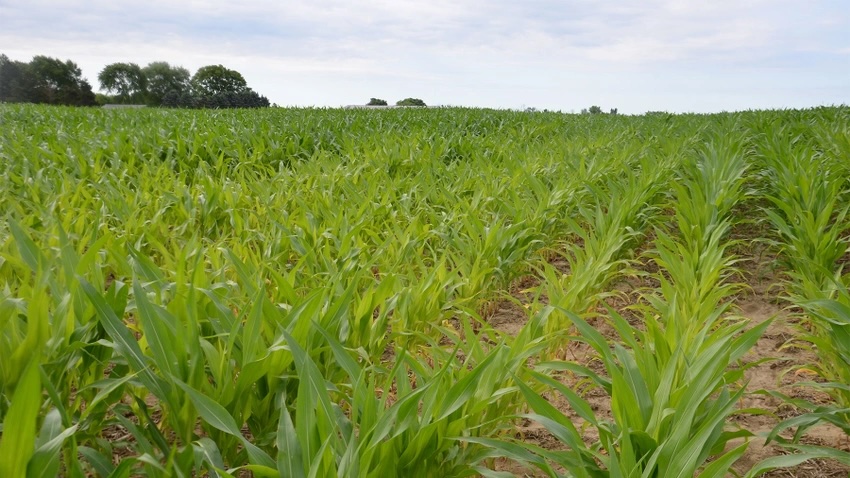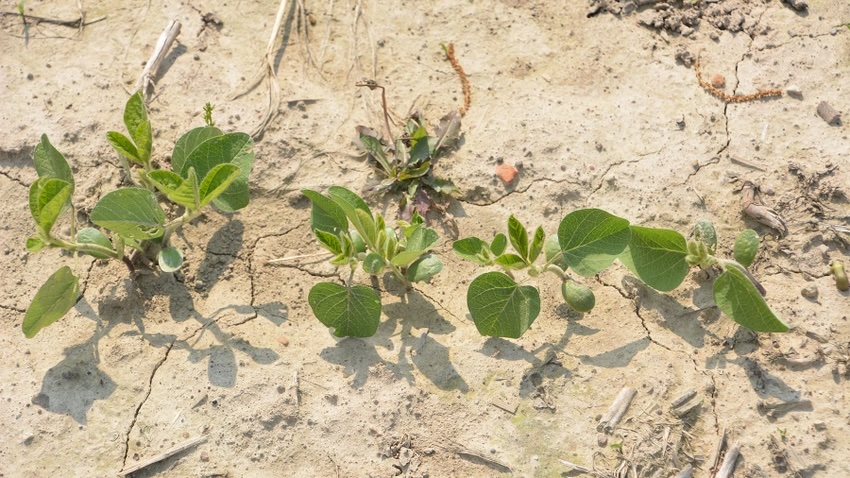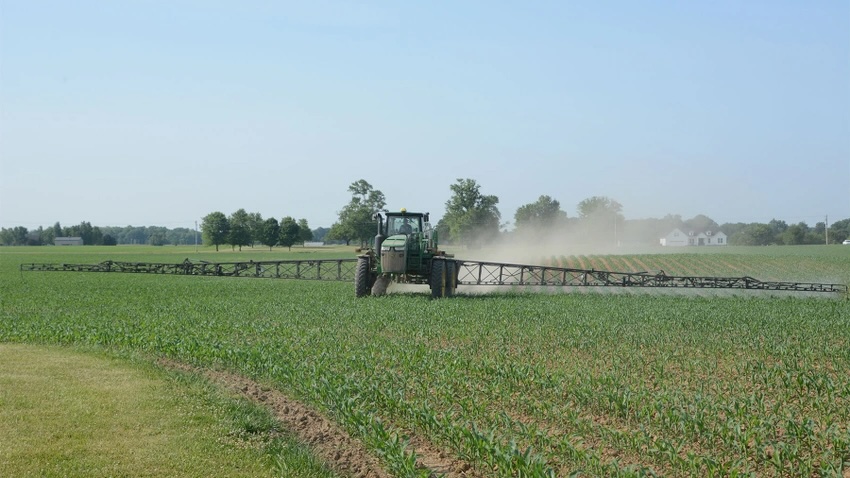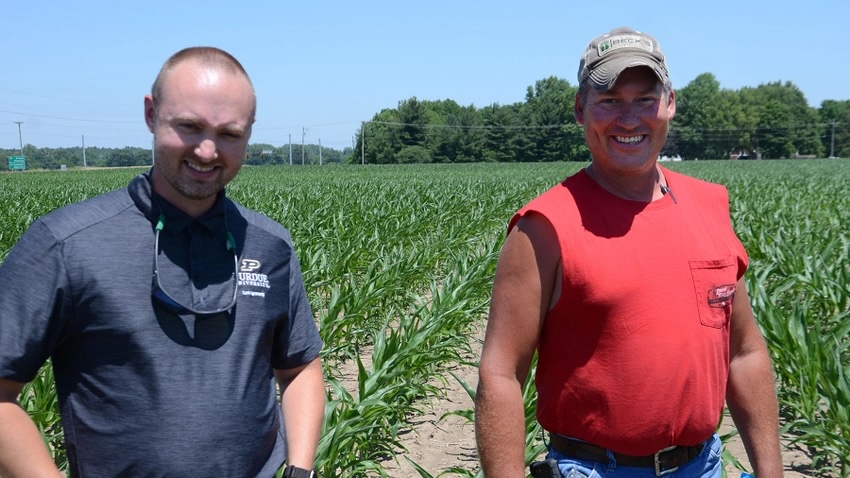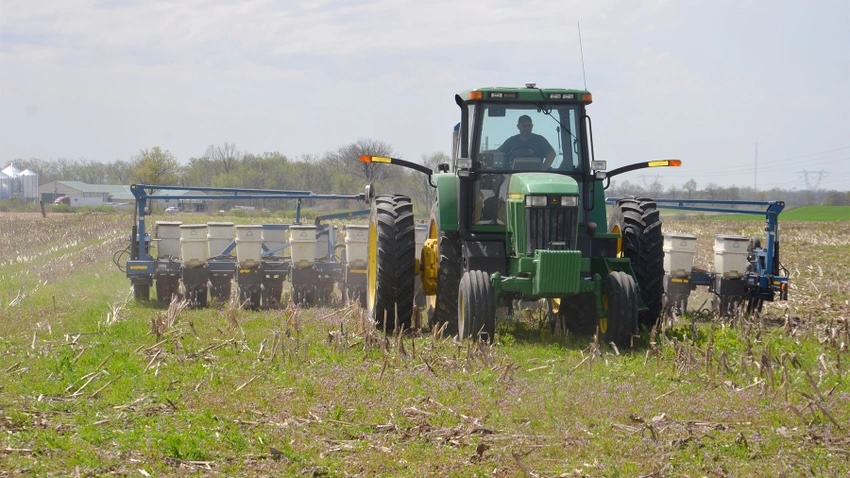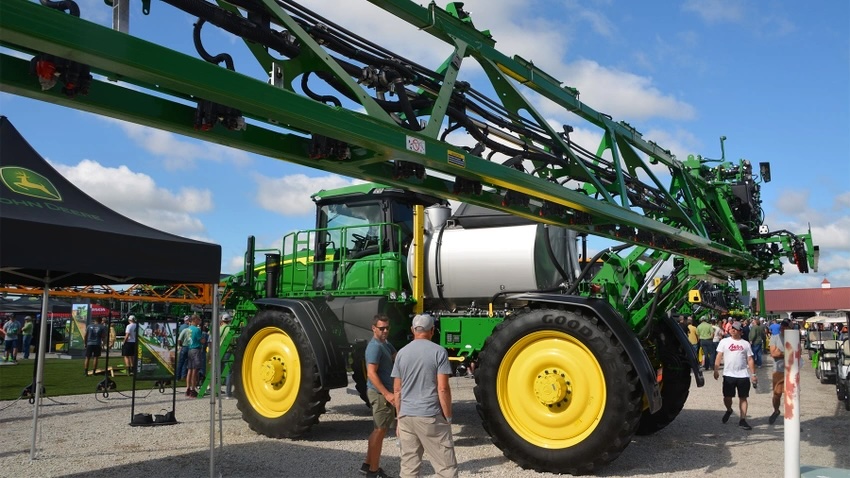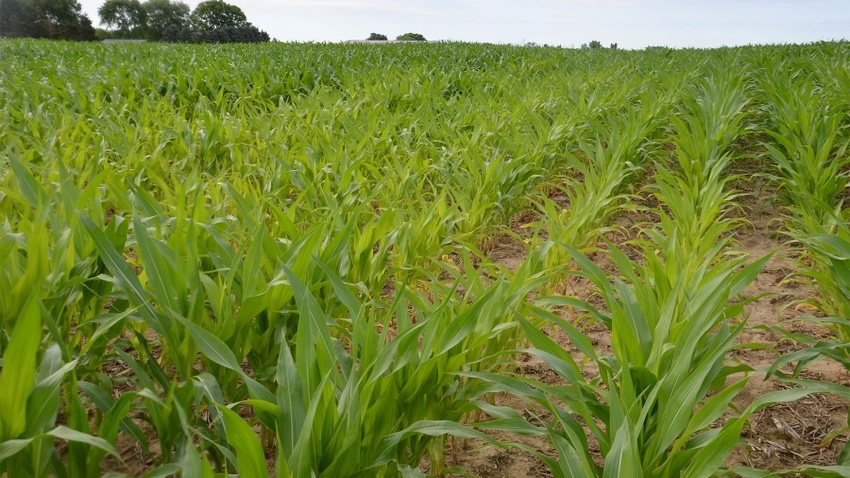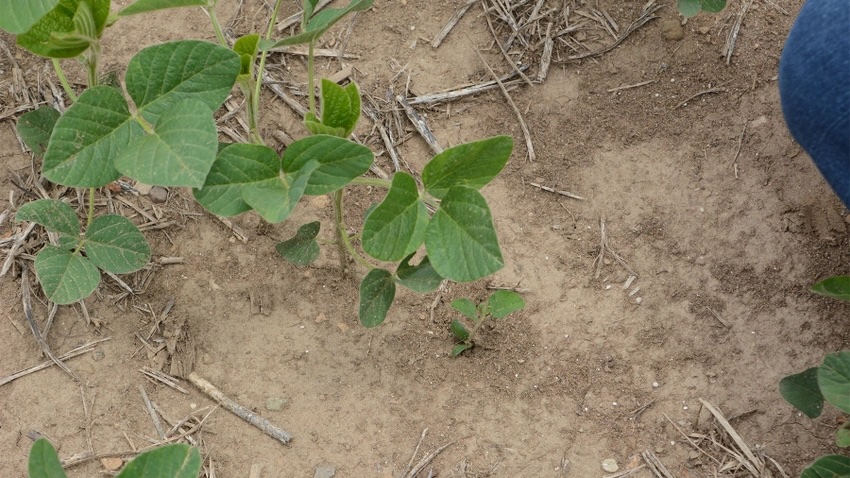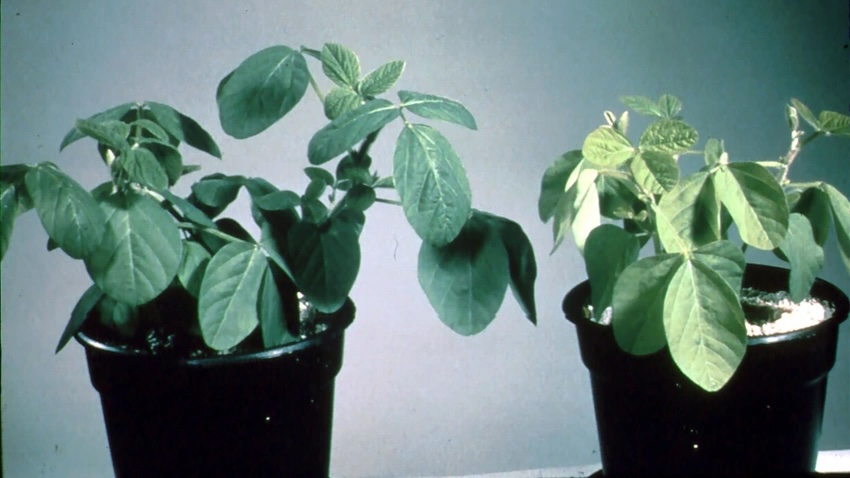Should you lime suspect fields now or wait until fall?
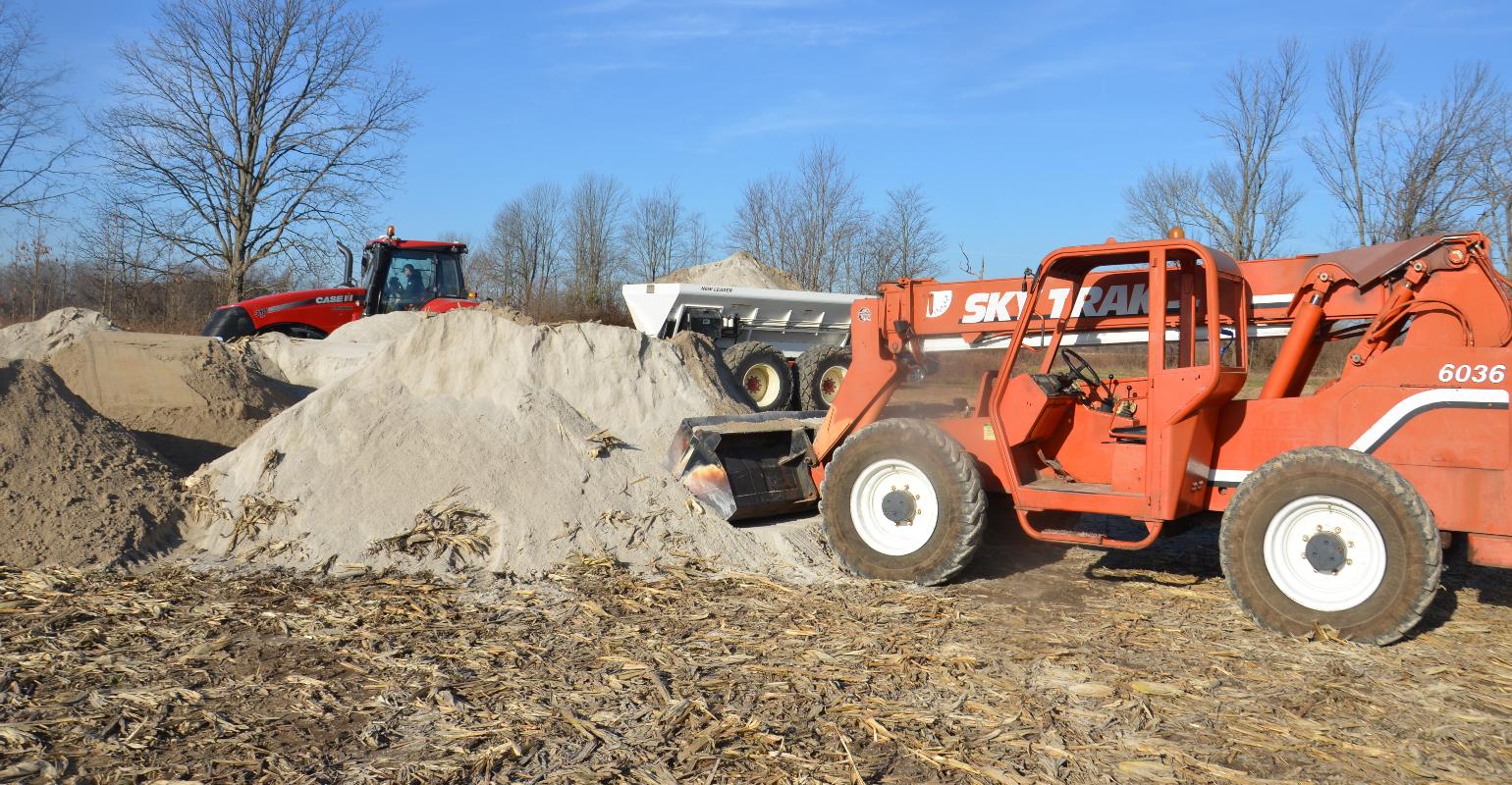
Soybean Corner: CCA members lay out various options for correcting soil pH levels.
Feb 05, 2021
We have a soil sampling program through a consultant. Three large fields going to soybeans in ’21 were last sampled in the fall of ’18. The pH levels ranged from 5.6 to 6.8, mostly around 5.8 to 6.0. Should we be OK this year and then lime this fall? Or do we need pell lime? Could lower pH affect weed control?
The Indiana certified crop adviser panel answering this question includes Gene Flaningam, Flaningam Ag Consulting, Vincennes; Greg Kneubuhler, G&K Concepts Inc., Harlan; and Bryan Overstreet, Purdue University Extension ag educator, Jasper County.
Flaningam: Optimal soil pH for a soybean plant would be in the 6.5 to 6.8 range. Soil pH affects both soil-applied herbicide activity and the ability of the soybeans to fix nitrogen. You have two options for adjusting pH this spring. Option 1: Add pelletized lime to your broadcast fertilizer. Option 2: Apply the suggested ag lime recommended. If you have already applied broadcast fertilizer, I suggest broadcasting your ag lime. The finer the ag lime, the quicker it will be available. Be sure you don’t cause soil compaction when applying lime or fertilizer.
Kneubuhler: This situation occurs often, especially as new farms are acquired. Soil pH and calcium can be very responsive for soybean yields. Since you sampled, two more crops have been pulled off and another one is about to be grown before a lime application can be made. Spring is a difficult time to lime due to compaction issues and timing. I would encourage you to resample the farms this spring so you can plan for lime this fall. That would give you updated numbers to properly lime rather than going off old values from three years ago.
While pelletized lime is a great product, it’s difficult to move the needle on pH or correct calcium levels at low rates. To apply an adequate rate would be cost prohibitive. You could “band-aid” the situation for 2021 by applying 200 to 300 pounds of pell lime per acre to help alleviate the situation without breaking the bank, but the best money spent is going to be applying lime this coming fall. Lastly, anytime pH levels are not in an ideal range, you run the risk of good soil residual herbicides giving up efficacy.
Overstreet: Ideally you would like to have the pH closer to 6.5 for your soybeans. Did you see problems in corn this past year in the places that showed 5.6 a couple of years ago? If you are planning on putting on lime this fall, I would not worry about the use of pell lime this spring unless you saw some issues with the corn in the areas that were 5.6 three years ago. The advantage you have is that with the ’21 crop being soybeans, it will give you a greater window to get lime put on next fall.
I would not be too concerned about weed control yet. From my experience, grass control may be the first to go, with such species as sandbur.
I would also plan on sampling again before you apply the lime for a couple of reasons. It has been three years since you last sampled, so it is time to sample again. Also, I always prefer sampling in soybean stubble. It normally gives you more time to get your results back and make recommendations for next year’s crop earlier.


